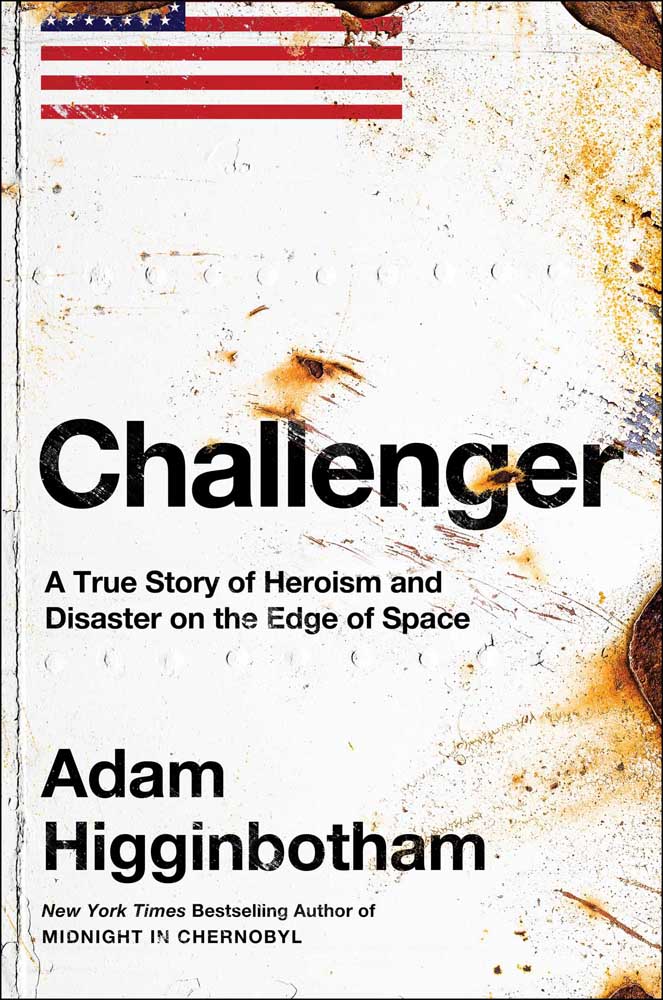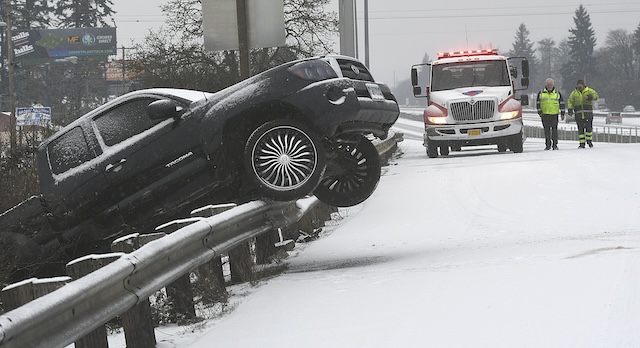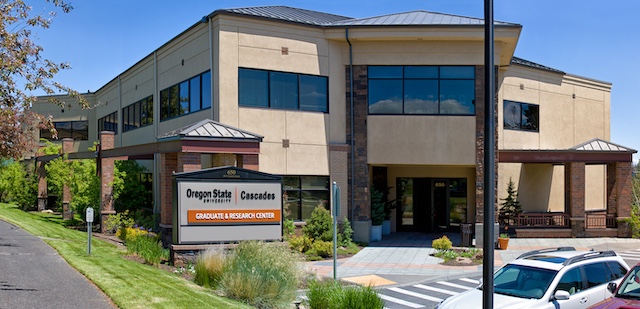Book review: ‘Challenger’ is a fresh telling of one of NASA’s darkest moments
Published 9:00 pm Wednesday, May 15, 2024

- books-higginbotham
It’s not as inspiring as John F. Kennedy’s “because it is hard” or Neil Armstrong’s “one small step,” but in the last few years officials at NASA have routinely repeated a phrase as if it were a sacred incantation: “We won’t fly until we’re ready.” It seems a banal, obvious statement, fit for federal bureaucrats spouting the company line. But it carries the weight of profound admonition, a reminder to themselves as much as anyone that they won’t rush a launch and risk astronauts’ lives.
It’s a promise that they won’t make the same mistakes as in the past.
“Challenger: A True Story of Heroism and Disaster on the Edge of Space,” by Adam Higginbotham, is a superb diagnosis of one of NASA’s darkest moments, the mission that ended in an explosion 73 seconds into flight on Jan. 28, 1986, killing all seven crew members on board.
It is a compelling and exhaustively researched chronicle of the calamity that traces its full arc — the evolution of the enabling culture that allowed it, the terrible day itself and its enduring legacy.
We know how NASA, overconfident and brash, rushed ahead with the flight over the warnings of engineers who feared the cold weather’s effect on the “O-ring seals” in the rocket’s side-mounted solid rocket boosters. We know Christa McAuliffe, the bright-eyed social studies teacher from Concord, N.H., who perished alongside the six NASA astronauts, bringing to a halt the agency’s attempt to fly ordinary citizens to space. We know that despite the many investigations the accident spawned and NASA’s vow to instill a better safety culture, the agency would once again face tragedy years later, when space shuttle Columbia came apart in 2003, killing another crew of seven.
Higginbotham starts his tale not with the shuttle program but in an earlier era, when NASA was in its infancy and suffered its first major catastrophe — in 1967, with the loss of the Apollo 1 crew, Gus Grissom, Roger Chaffee and Ed White. The trio were killed not in space but during a test at Cape Canaveral, when their capsule, full of pure oxygen, caught fire and there was no way for them to open the hatch from the inside. While an investigation “revealed shocking incompetence,” as Higginbotham writes, it did not derail the Apollo program.
As triumphant as it was — 12 Americans walking on the surface of the moon in a series of daring missions — spaceflight remained as dangerous as ever, even if by the last of the Apollo missions, in 1972, the country had grown bored of it. As Higginbotham writes, “However routine it began to seem for the American public, the architects of Apollo knew that spaceflight had always been experimental, and sending men so far, into such a hostile environment, with so many opportunities for failure, was fraught with lethal hazards.”
Those hazards, however, seemed to be forgotten by the time the shuttle was born — at least forgotten by NASA leadership, which, high on the triumph of Apollo, was wildly promoting its new winged vehicle as a revolution in design that would fly so often that even ordinary citizens would be invited to take trips to space.
But as Higginbotham deftly chronicles, the hype emerging from NASA’s publicity machine was not matched by the realities of the severe mechanical problems that engineers wrestled with after each of the shuttle’s flights. The problems weren’t limited to the faulty O-ring seals. Another was the culture at NASA, where leaders were eager to hit the flight rate they had promised the public and to deliver on a program that was suffering from significant cost overruns and delays.
Instead of standing down, the agency pushed ahead. Engineers at Morton Thiokol, the NASA contractor responsible for the solid rocket boosters, warned of concerns with the O-ring seals. One NASA leader barked at them, in one of Higginbotham’s more harrowing scenes: “My God, Thiokol. When do you expect me to launch — next April?”
One can hope that NASA today has learned the lessons from Challenger and that “we’ll launch when we’re ready” is an inviolable doctrine. Still, danger lingers, as it did then. The risk of human spaceflight remains very real. To reach orbital velocity — some 17,500 mph — large amounts of highly combustible propellants ignite at high pressure with the force of a bomb. As Michael Collins, an Apollo 11 astronaut, once wrote, “A thin and fragile barrier separates combustion from explosion.”








